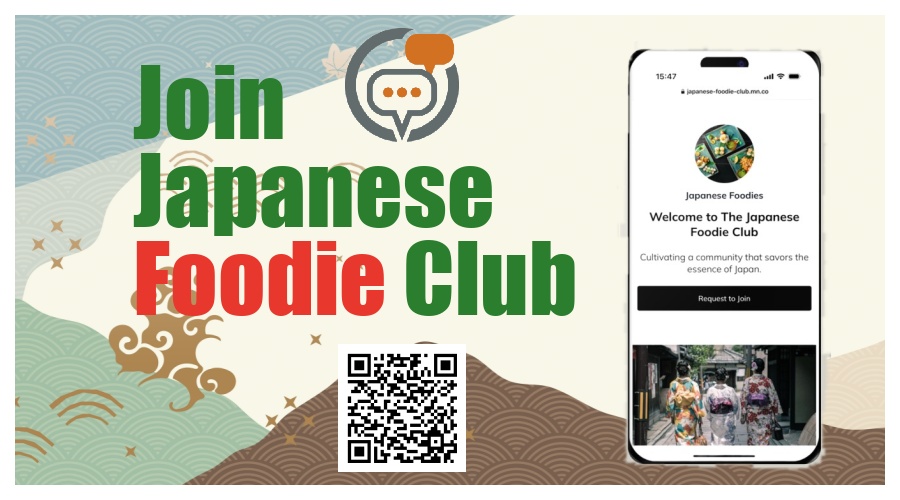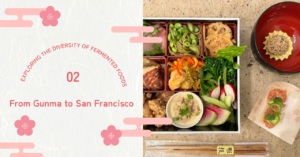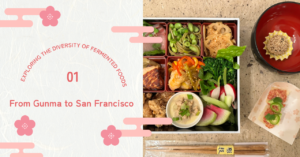5 Popular Children’s After School Activities in Japan
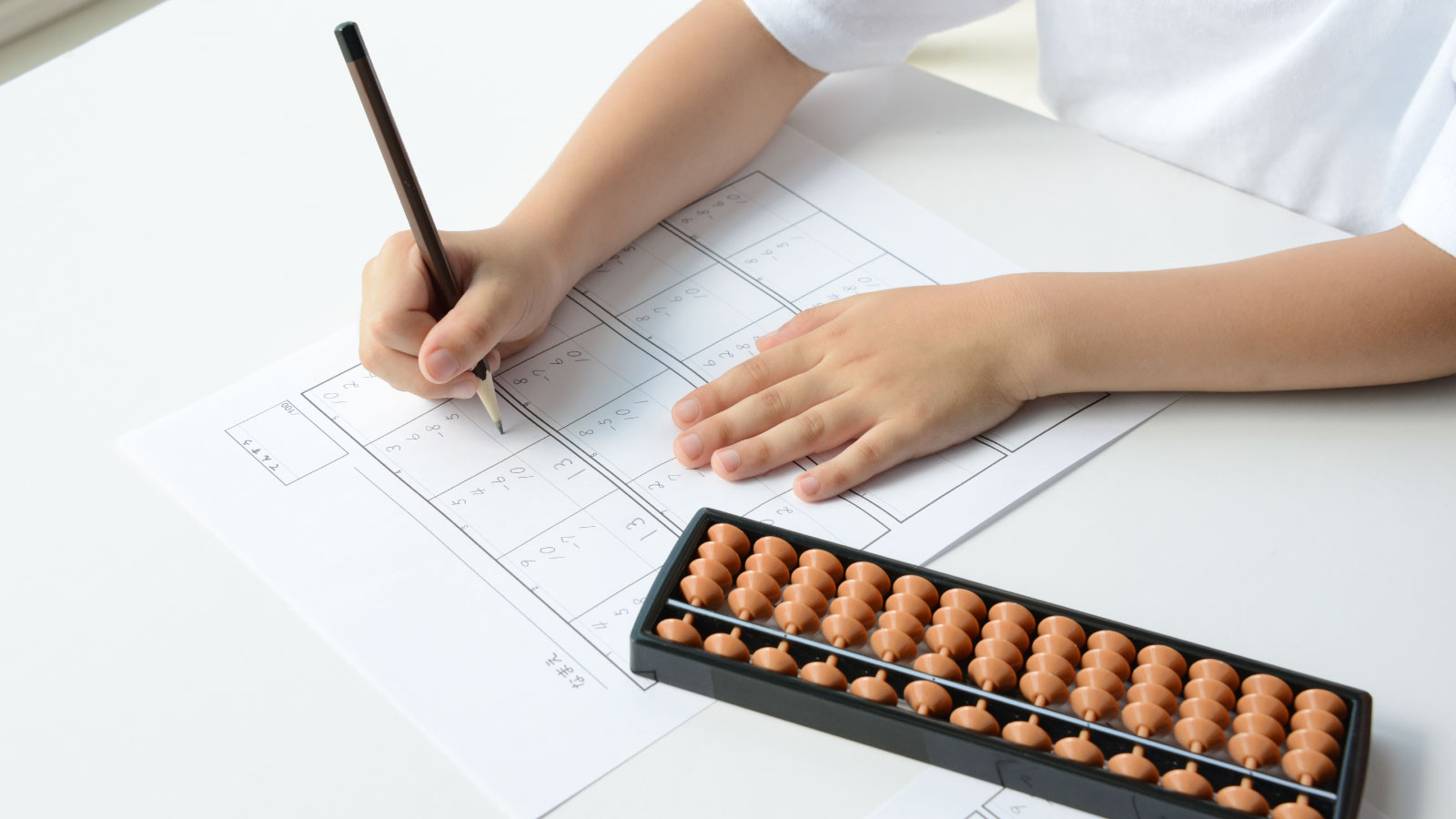
Japan is said to be the world class country in regards to after school activities, with about 80% of children taking after school activities. Here are the top five most popular after school activities among them.
Swimming
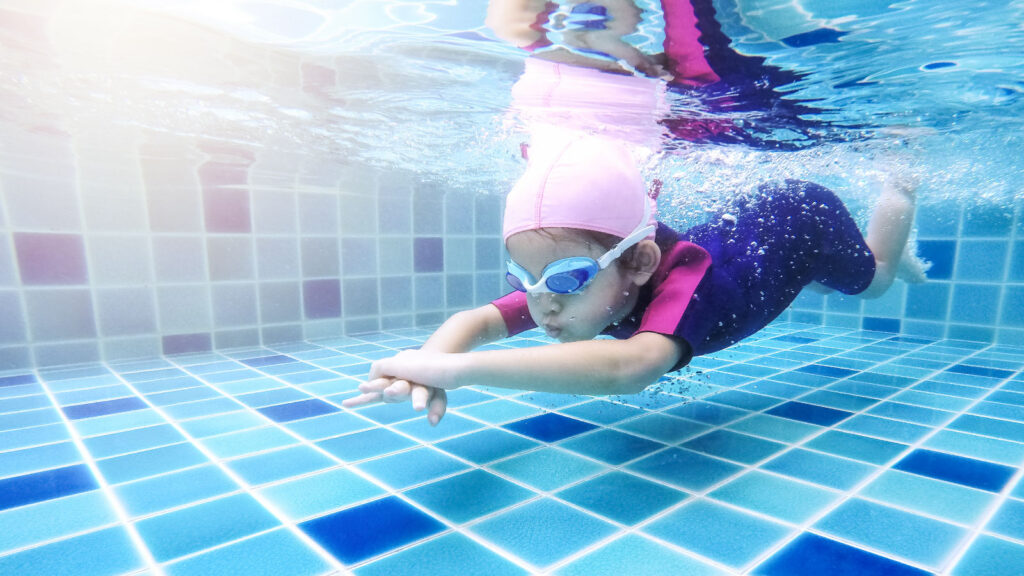
Swimming is one of the most popular sports after school activities in Japan. One out of three Japanese children between the ages of 6 and 15 learn to swim, and it has been a popular activity since the late 1990s.
Many parents let their children learn the sport for physical fitness, and one of the reasons for its popularity is that it is easy to wash and does not require a lot of preparation. In Japanese schools, students swim in physical education classes in the summer. In order to avoid the embarrassment of not being able to swim and not being able to keep up with the class, many students take swimming as a after school activity. In addition, many parents think that learning to swim at a young age will prevent water-related accidents.
Piano
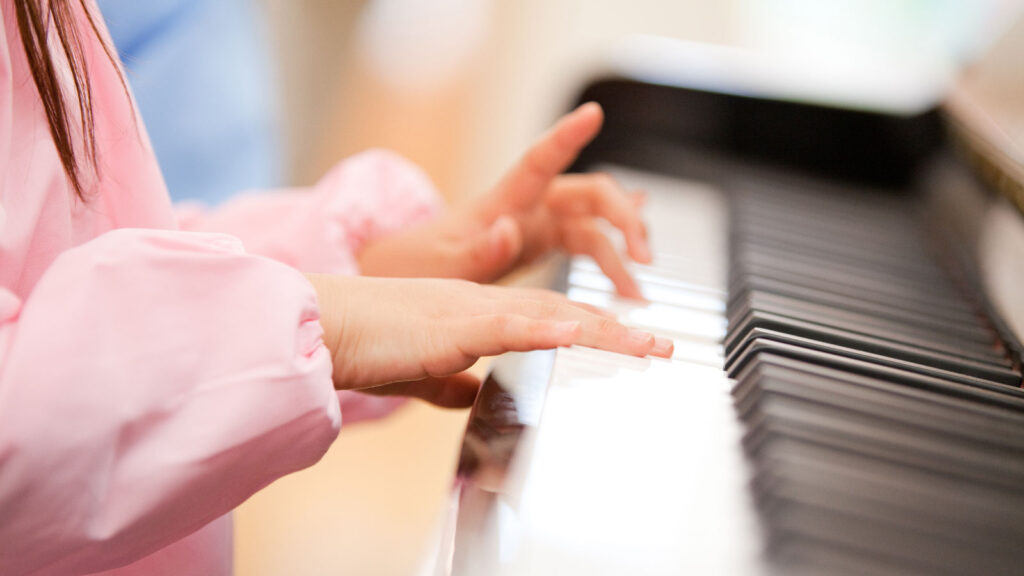
There are many parents who want their children to learn music, and many of them choose the piano. There are quite a few families that have a piano in their home so it is easy to learn. There are many situations where the piano becomes the proudest moment.In Japan, there is an annual chorus competition where each school class competes in a chorus contest, and since only one person per class can play the piano, the competition is high and you can stand out. In addition, many students want to do it because it will raise their school reports (junior high school students in Japan are ranked by their school reports).
In addition to that, many parents want their children to learn to play the piano because it requires the use of both the left and right hands at the same time and requires concentration and memorization skills.
English conversation
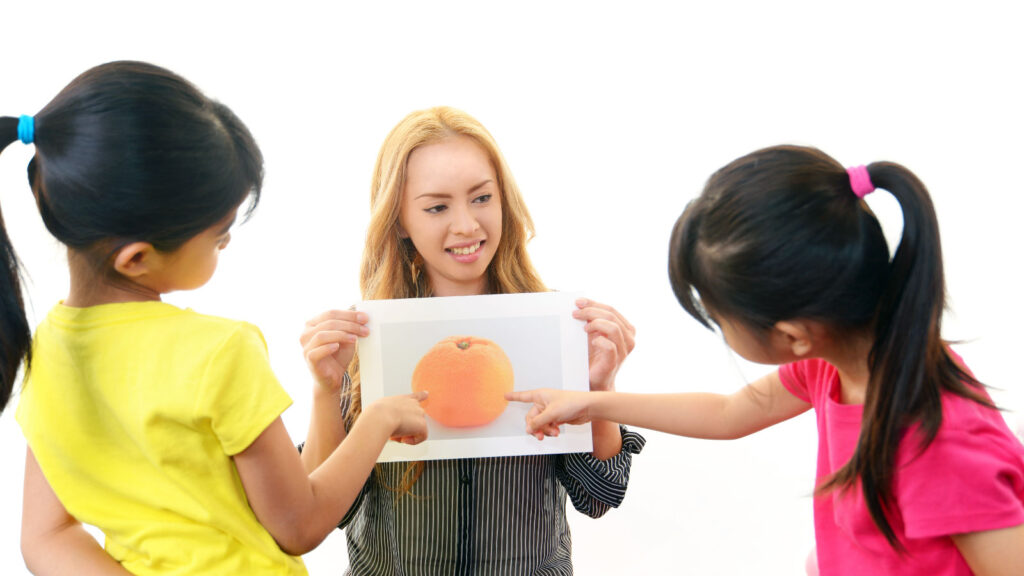
English conversation has gradually become popular since the 1900’s and has become a common after school activities in the 2000’s. More and more parents are making their children learn English in order to adapt to a globalizing society.
Until now, Japanese have been required to learn only reading and writing. This has led to an increase in the number of Japanese who understand English but cannot speak it. In an effort to change this, the government has made English as a required course in elementary schools, and companies are also looking for more practical English skills, so IELTS (a exam that adds speaking to the traditional reading and writing exams) is now being used to determine English ability in job applications. As a result, English conversation lessons have become more and more popular in recent years.
Japanese calligraphy
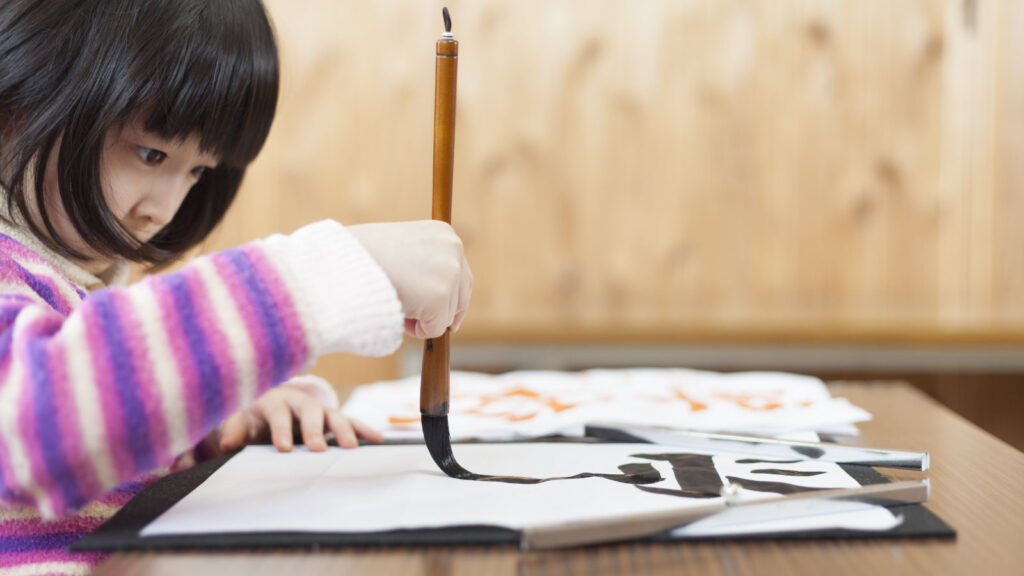
This has been a popular lesson since the 1990s. Even in today’s digital society, Japanese people tend to prefer handwriting. For example, resumes are handwritten when entering a company, and handwritten letters may be attached to parcel deliveries. While there are many opportunities to write, if your handwriting is dirty, that by itself gives many people the impression that you are not well educated and not very smart. This is why many people make their children learn Japanese calligraphy from an early age and raise them to write beautifully.
Soccer
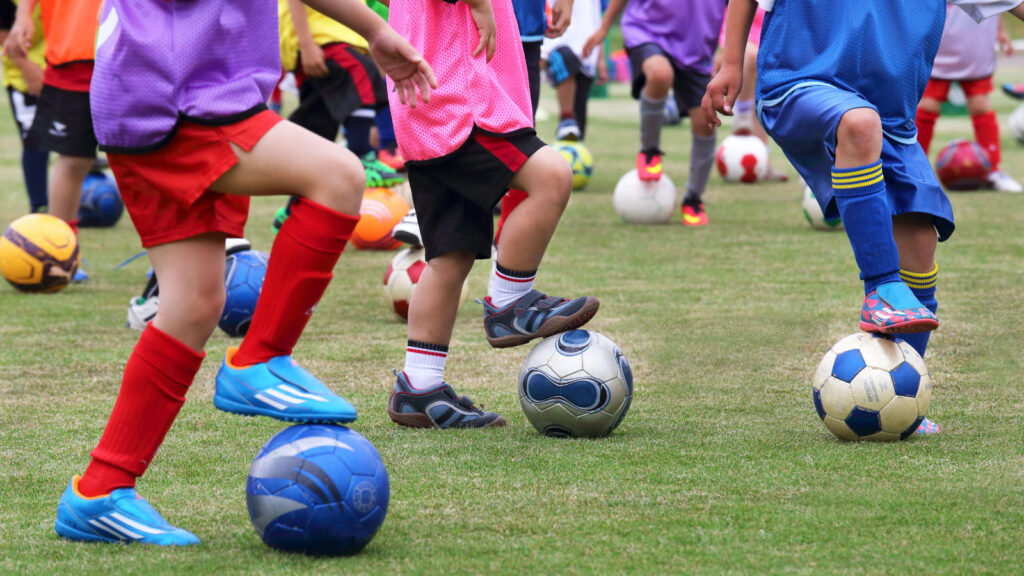
Soccer is a popular sport in Japan. Most Japanese people like either soccer or baseball, followed by basketball. Soccer is a sport that is popular with both men and women, which is why it is ranked fifth. Especially after Japan’s victory in the 2011 FIFA Women’s World Cup, the popularity of soccer among girls has increased. Because of the time and money spent on preparation, it seems that many children want to learn soccer simply because they like it, not because their parents want their children to learn.
With schools closed due to COVID, more and more parents are concerned about the falling academic performance of their children. As a result, cram schools and other lessons that improve academic performance are becoming more popular, especially starting in 2020.

